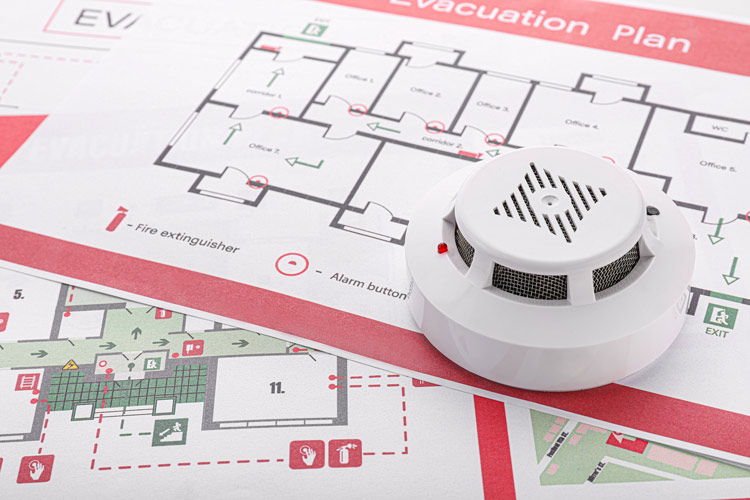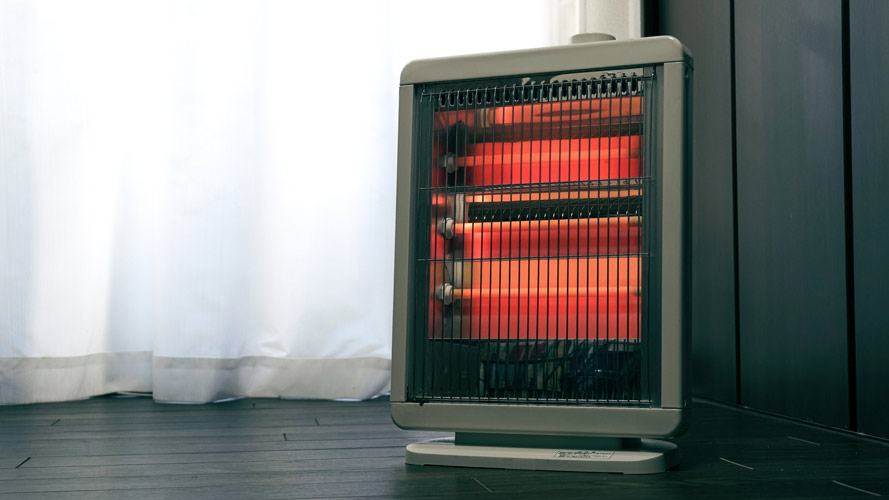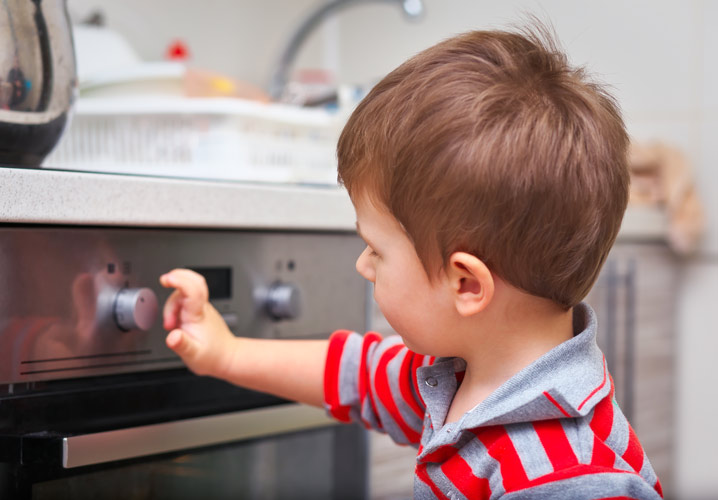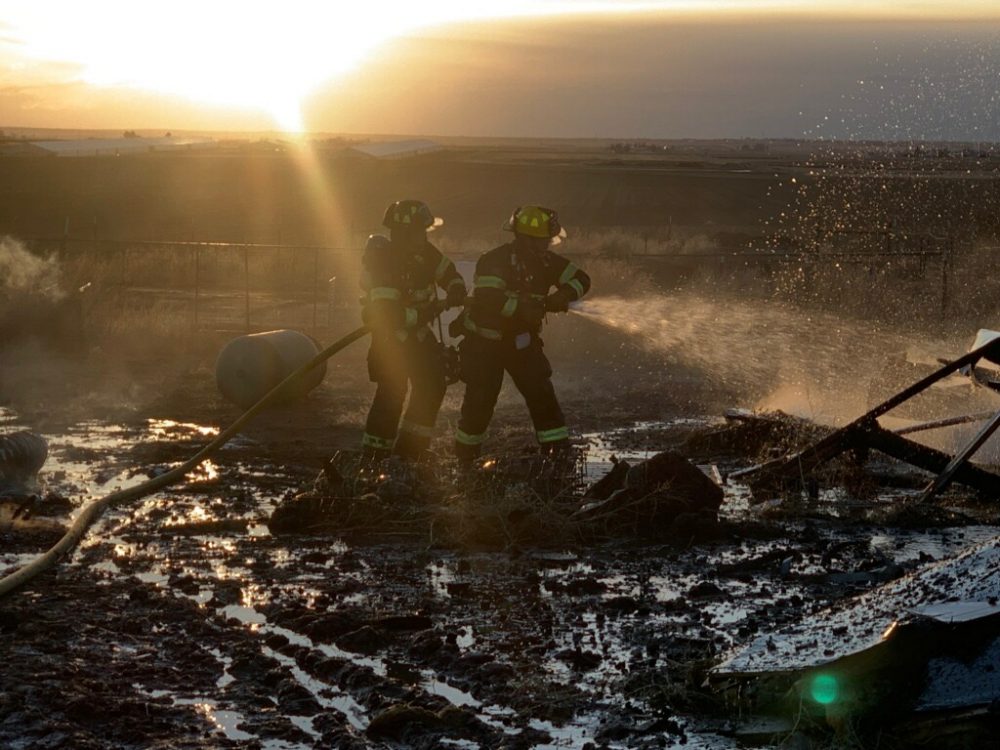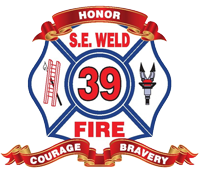We offer Child Safety Seat Installation and education for anyone needing assistance. Please feel free to contact us to make an appointment to have your car seat installed and become educated on installation and child safety in vehicles. Feel free to stop in as well.
Category: Save Lives
Be prepared for a fire:
- One of the best ways to protect yourself and your family is to have a working smoke alarm that can sound fast for both a fire that has flames, and a smoky fire that has fumes without flames. It is called a “Dual Sensor Smoke Alarm.” A smoke alarm greatly reduces your chances of dying in a fire.
- Know your local emergency numbers. In most areas the number is 911.
- Practice finding your way out of the house with your eyes closed, crawling or staying low to the ground, and feeling your way out of the house.
- Never open doors that are hot.
- Teach your family to stop, drop to the ground, and roll if their clothes catch fire.
- Decide on a meeting place outside your home and check to see if anyone is missing. Everyone must get out and stay out of the house or apartment.
- Remember to escape first, and then call the fire department.
- Make sure everyone in your family knows at least two ways to escape from each room in the house or apartment.
- Help children and senior citizens to escape from a fire.
- NEVER go back into a fire once you have escaped.
About 3,400 Americans die each year in fires and about 17,500 are injured. You can stop the fire before it starts. Use this fact sheet to learn how to prevent a fire in your home and know what to do if you have a fire.
Stop an alternative heater fire before it starts:
- Kerosene heaters are not allowed in most places.
- If you use a kerosene heater, only use the type of fuel listed in the instructions.
- Allow your heater to cool before refueling and only refuel outdoors.
- Keep the fire inside the fireplace by making sure you have a fireplace screen large enough to stop flying sparks and rolling logs.
- Have your chimney inspected at least once a year. Tar build-up inside of the chimney can cause the chimney, roof, and the whole house to go up in flames.
- Space heaters need space. Keep items at least three feet away from each heater.
- When buying a space heater, only buy one with a safety feature that automatically shuts off the power if the heater falls over.
- Carefully follow manufacturers’ set up and maintenance instructions.
- For wood stove fuel, use only seasoned wood – never use green wood, artificial logs, or trash. Seasoned wood looks dark, or gray when compared to green wood. Seasoned wood is white on the inside.
Be prepared for a fire:
- One of the best ways to protect yourself and your family is to have a working smoke alarm that can sound fast for both a fire that has flames, and a smoky fire that has fumes without flames. It is called a “Dual Sensor Smoke Alarm.” A smoke alarm greatly reduces your chances of dying in a fire.
- Prepare an escape plan and practice it twice a year. Make sure everyone in your family knows at least two (2) escape routes from their bedrooms.
Stop children from starting a fire, before it starts:
- Keep matches and lighters in a locked drawer or cabinet out of the reach of children. This should be a location where a child is least likely to explore.
- Teach your children to tell you when they find matches and lighters.
- Check under beds and in closets for burnt matches or other clues your child is playing with fire.
Be prepared for a fire:
- One of the best ways to protect yourself and your family is to have a working smoke alarm that can sound fast for both a fire that has flames, and a smoky fire that has fumes without flames. It is called a “Dual Sensor Smoke Alarm.” A smoke alarm greatly reduces your chances of dying in a fire.
- Let children know what a smoke alarm sounds like and what to do when they hear it.
- Always dress children in pajamas that meet federal flammability standards, which means if the pajamas are exposed to a small open flame, the flame will go out. Avoid dressing children for sleep in loose-fitting, 100 percent cotton clothes, such as oversized T-shirts.
- Teach children not to hide from firefighters, but to get out of the house quickly and call for help from somewhere else.
- Show children how to crawl low on the floor, below the smoke, to get out of the house.
- Show them how to stop, drop to the ground, and roll if their clothes catch fire.
- Make and practice a home fire escape plan and set a meeting place outside. Make sure everyone in your family knows at least two (2) escape routes from their bedrooms.
Stop the rural fire before it starts:
- Burning yard waste is a fire hazard. Call your fire department on their non-911 number for fire permit requirements and restricted burning times.
- Have your chimney inspected and cleaned regularly by a certified specialist.
- When building a home or addition, use fire-resistant roofing materials. Avoid using wood materials that offer the least fire protection. Use fire-resistant siding like stucco, brick, stone, etc.
- Create a landscape that can defend your property from fire. You can defend you home from wild fires by thinning trees and brush at least 30 feet away from your home.Stack firewood at least 30 feet away from your home and other structures.
- Stack firewood at least 30 feet away from your home and other structures.
- Store flammable materials, liquids, and solvents in metal containers outside the home, at least 30 feet away from structures and wooden fences.
Be prepared for a fire:
- One of the best ways to protect yourself and your family is to have a working smoke alarm that can sound fast for both a fire that has flames, and a smoky fire that has fumes without flames. It is called a “Dual Sensor Smoke Alarm.” A smoke alarm greatly reduces your chances of dying in a fire.
- Make sure emergency vehicles have access to your home by having driveways and roadways at least 12 feet wide with turnaround space.
- Post home address signs that are clearly visible from the road.
- Prepare an escape plan and practice it twice a year. Make sure everyone in your family knows at least two (2) escape routes from their bedrooms.


